I ruderi del centro abbandonato di Gioiosa Guardia (Me). Studi e indagini per una memoria da recuperare
Abstract
La città abbandonata di Gioiosa Guardia, seppur in stato di rovina, conserva ancor oggi caratteri di notevole interesse da vari punti di vista: storico, architettonico e naturalistico. Gioiosa Guardia fu fondata nel 1364 su un’altura rocciosa in cui esisteva già un preesistente casale. Il centro crebbe intorno ad una torre federiciana fino a contare, secondo le fonti, quattro chiese ed alcuni oratori.
Alla fine del XVIII secolo terremoti e carestie indussero gli abitanti, grazie anche al diminuire delle incursioni piratesche sulla costa, ad abbandonare l’insediamento montano per fondare l’attuale Gioiosa Marea; l’abbandono favorirono così il processo di degrado e ruderizzazione di Gioiosa Guardia. Dopo il trasferimento sulla costa, avvenuto non senza resistenze da parte dei cittadini, il sito cadde progressivamente in abbandono.
Ancor oggi, nonostante l’abbandono e una certa lontananza della moderna Gioiosa, nella memoria collettiva dei suoi abitanti resta forte il legame con l’insediamento originario. Nel 2009 hanno avuto inizio alcuni studi del sito con un parziale rilievo e nel 2018 un altro rilievo del versante nord dell’urbano di Gioiosa Guardia con l’utilizzo di tecnologia UAV (Unmanned Aerial Vehicle) ha reso possibili nuove acquisizioni sulla morfologia del sito e, conseguentemente, nuove considerazioni sulle possibili future vie di ricerca.
The Ruins of the Abandoned Center of Gioiosa Guardia (Me). Studies and Investigations for a Memory to be Recovered
The abandoned city of Gioiosa Guardia, although in a state of ruin, still retains characters of considerable interest from various points of view: historical, architectural and naturalistic.
Gioiosa Guardia was founded in 1364 on a rocky hill where a pre-existing farmhouse already existed. The center grew around a tower of Frederick II up to count, according to the sources, four churches and some oratories. At the end of the 18th century earthquakes and famines led the inhabitants, thanks also to the decrease of pirate raids on the coast, to abandon the mountain settlement to found the current Gioiosa Marea; the abandonment thus favored the process of degradation and ruderalization of Gioiosa Guardia. After the transfer to the coast, which took place not without resistance from the citizens, the site gradually fell into neglect. Even today, despite the abandonment and a certain distance of modern Gioiosa, the link with the original settlement remains strong in the collective memory of its inhabitants.
In 2009 some studies of the site began with a partial relief and in 2018 another survey of the northern side of the Gioiosa Guardia urban with the use of UAV technology (Unmanned Aerial Vehicle) made possible new acquisitions on the morphology of the site and, consequently, new considerations on possible future research guidelines.
Parole chiave
Full Text
PDFDOI: https://doi.org/10.14633/AHR294
Refback
- Non ci sono refbacks, per ora.
Copyright (c) 2020 Carmen Genovese, Giovanni Minutoli

This work is licensed under a Creative Commons Attribution-NonCommercial 4.0 International License.
........................................................................................................................................................................................................................................................................................................................................................
ArcHistoR è una rivista open access e peer reviewed (double blind), di Storia dell’architettura e Restauro, pubblicata con cadenza semestrale dall'Università Mediterranea di Reggio Calabria (Laboratorio CROSS - Storia dell'architettura e Restauro, dAeD - Dipartimento di Architettura e Design).
ISSN 2384-8898
![]()

Comitato scientifico internazionale
Maria Dolores Antigüedad del Castillo-Olivares, Monica Butzek, Jean-François Cabestan, Alicia Cámara Muñoz, David Friedman, Alexandre Gady, Jörg Garms, Miles Glenndinning, Mark Wilson Jones, Loughlin Kealy, Paulo Lourenço, David Marshall, Werner Oechslin, José Luis Sancho, Dmitrij O. Švidkovskij
Comitato direttivo
Tommaso Manfredi (direttore responsabile), Giuseppina Scamardì (direttrice editoriale), Antonello Alici, Salvatore Di Liello, Fabrizio Di Marco, Paolo Faccio, Mariacristina Giambruno, Bruno Mussari, Annunziata Maria Oteri, Francesca Passalacqua, Edoardo Piccoli, Renata Prescia, Nino Sulfaro, Fabio Todesco, Guglielmo Villa
 .
. 


2.jpg)
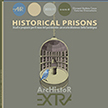
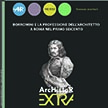


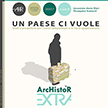
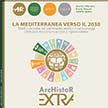
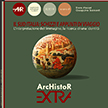
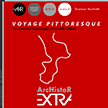
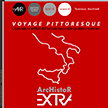
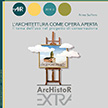

_2.jpg) .
. 
 .
. 

